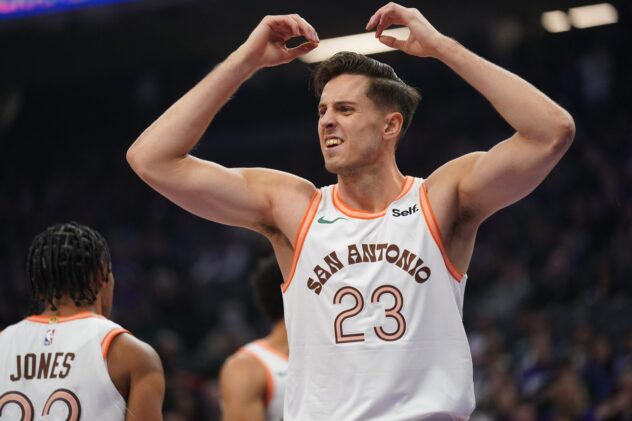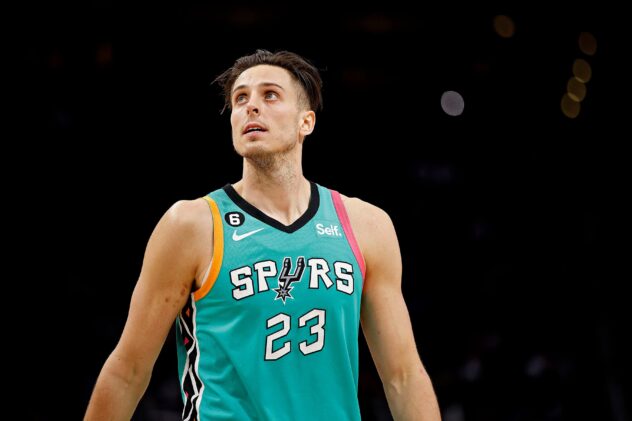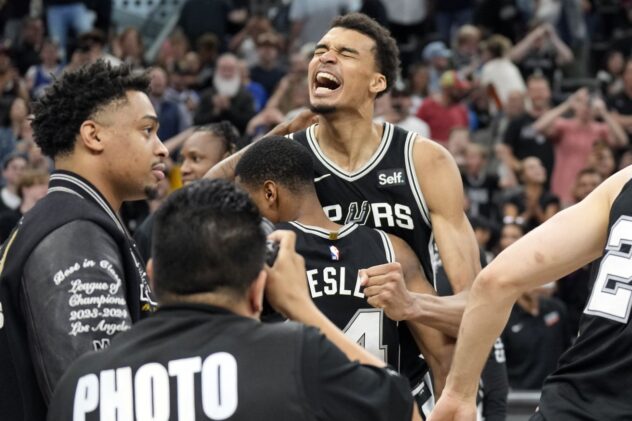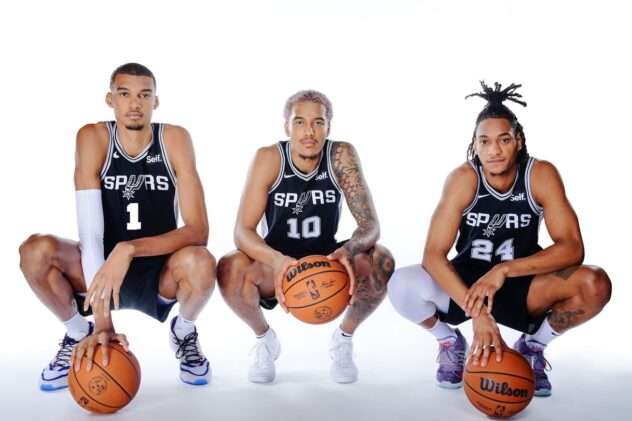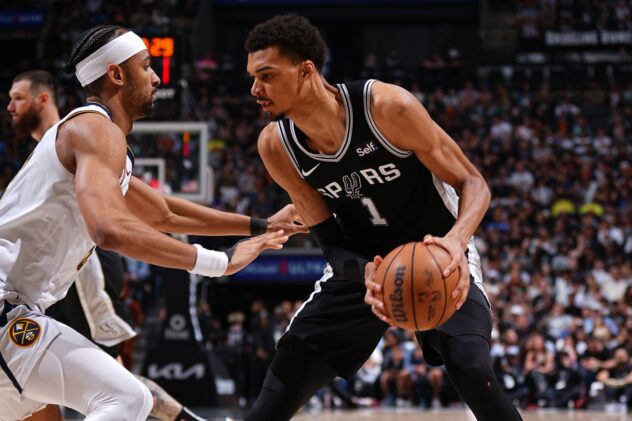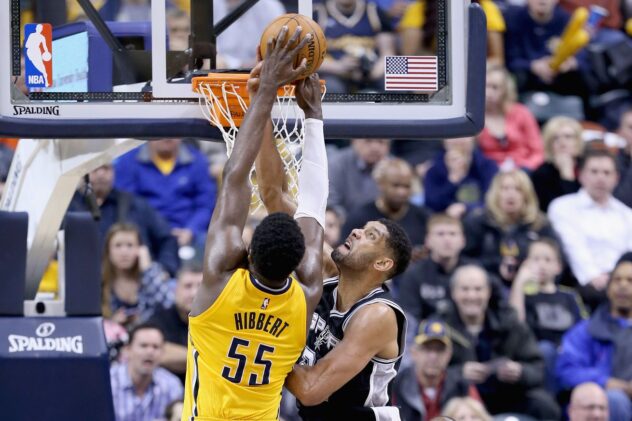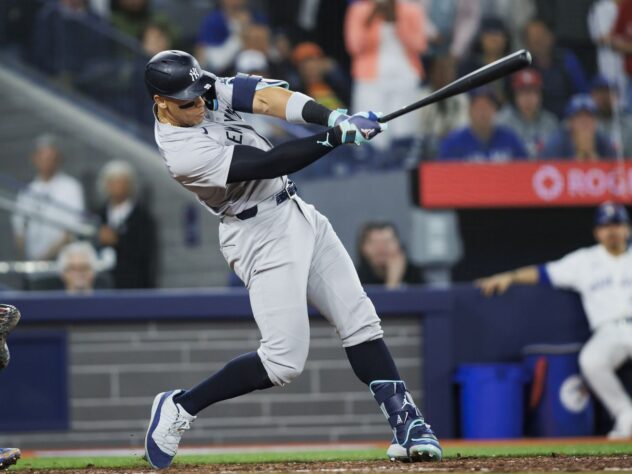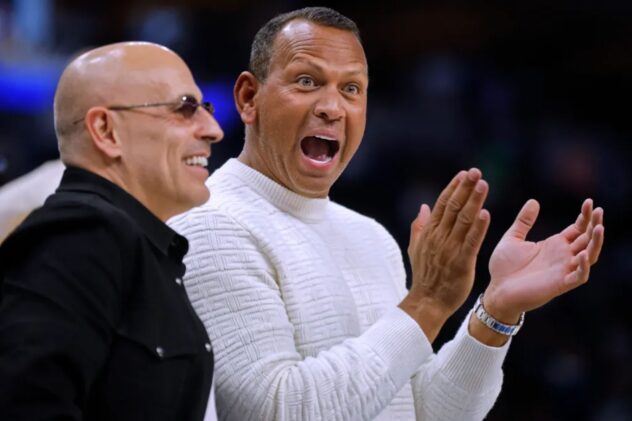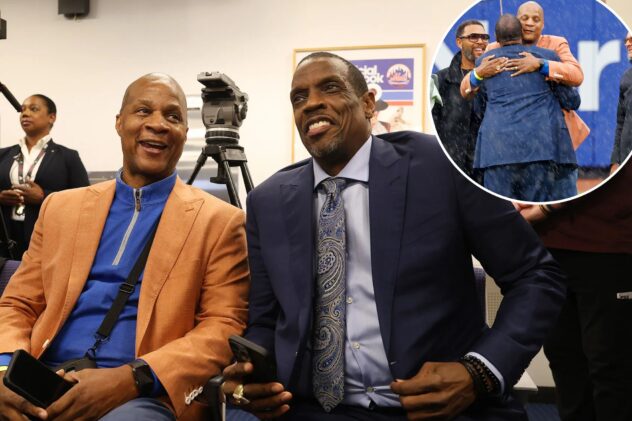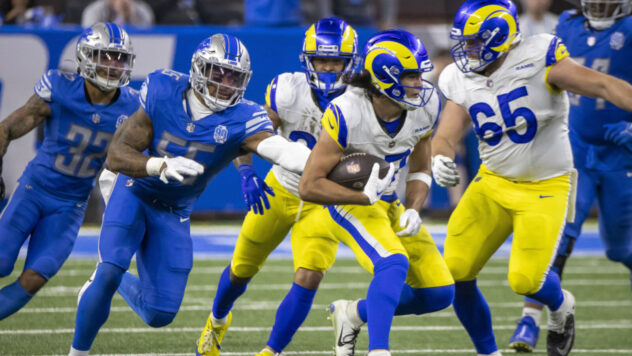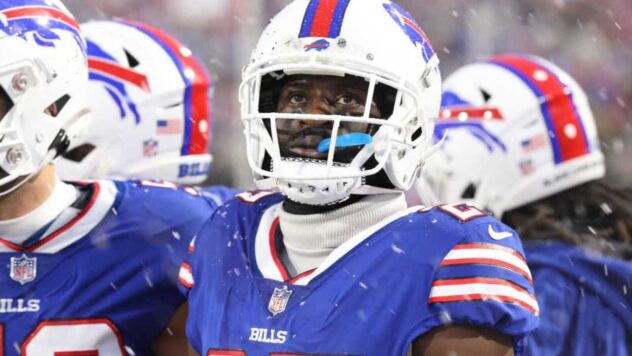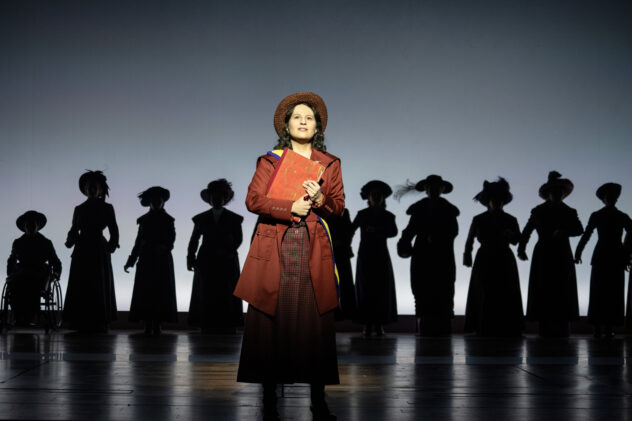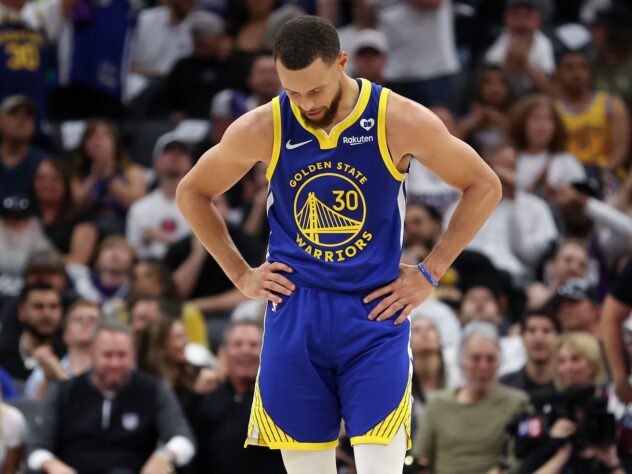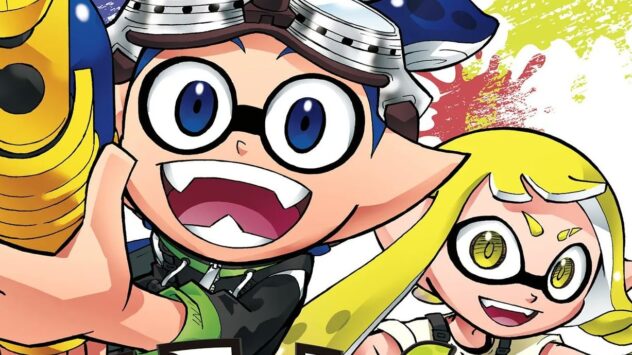Bruce Bowen: The exception proves the rule
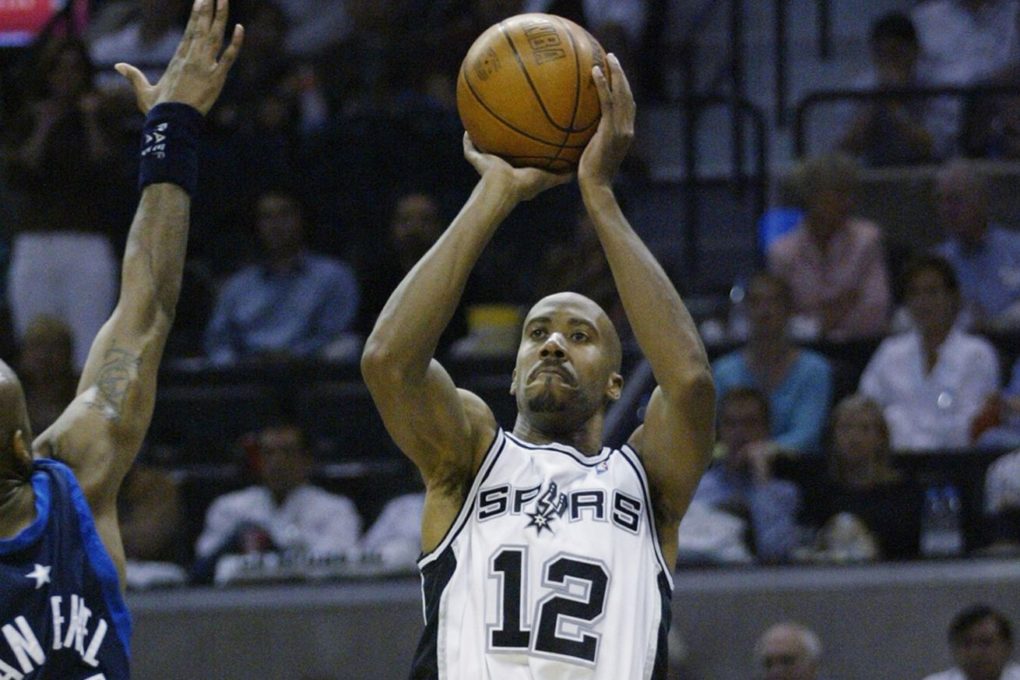
#12
Spurs defensive stalwart Bruce Bowen had his number 12 retired by the San Antonio Spurs on March 21, 2012, less than 3 years after he retired from the NBA. Bowen is the first Spur never to average double digits in a season to be celebrated in this fashion. Bowen isn’t renowned for his offensive expertise. He became the prototype of the modern 3-and-D player and paved the way for current players like Danny Green to shine with a distinctive mixture of limitations and exceptional skills. Not only did Bowen contribute to three of the Spurs five championships (the only member of the Spurs to win exactly three), but he also offered the most Spursian contributions by allowing the organization to un-retire his number when signing free agent LaMarcus Aldridge. Just part of the reason #12 is:
HANGING FROM THE RAFTERS
This series celebrates the numbers that have been retired by the Spurs. To date, there have been eight men whose impact on the culture of San Antonio has been so permanent that their personality and style of play is part of the Spurs lexicon. Each player is deserving for more than statistics, a game winning shot, or a championship. These are the numbers that swell in the hearts of the truest Spurs fans. No matter who else wore that number, the jersey in the rafters belongs to the legend who hung it there.
For previous articles on these Spurs Legends, visit Hanging from the Rafters.
Like Avery Johnson before him, Bruce didn’t breeze through the NBA. After four years at Cal State Fullerton, where he was named to the All-Big West Conference First Team in his senior year, Bowen served as a journeyman playing on four French professional teams and in the Continental Basketball Association (CBA) before stepping onto an NBA court. In his first NBA attempt, a ten-day contract with the Miami Heat in 1997, he played one minute before waiting out the rest of the season.
His Eastern Conference voyage continued through 2001 as Bowen played for the Boston Celtics and the Philadelphia 76ers before returning to Miami. After starting in 11 games during his first four seasons, he started in 72 games for the Heat during the 2000-01 season averaging 3 rebounds, 1 steal, 1.6 assists (a career best), .6 blocks (second career best), and 7.6 points (also a career second best) during 32.7 minutes of play. This got the attention of Gregg Popovich, who recruited Bowen, brought him to San Antonio, and helped him realize his full potential.
/cdn.vox-cdn.com/uploads/chorus_asset/file/9270469/525667.jpg)
Before Bruce Bowen joined the Spurs and got into his trademark #12, five other players had donned the jersey: Mike Gale from 1976-1981, Kevin Williams for 19 games in 1984, Darwin Cook for 36 games in 1989, Jeff Lebo for 4 games in 1990, and Matt Othick for 4 games in 1993. For Lebo and Othick, these games were the only NBA action they ever saw. Only Mike Gale spent significant time as a Spur, and despite a respectable shooting (46.7% and 82.4% from the field and the line respectively) he was overshadowed by James Silas and George Gervin, leaving him to average 8 points per game throughout his Spurs tenure. After Bowen’s retirement, Othyus Jeffers wore #12 for one game in 2011. In the end, Bruce Bowen owned #12.
Not only did Bowen find a home in San Antonio, he started in every game he played over the next seven seasons and became one of the most consistent and feared lockdown defenders in the league. His infamy would expand beyond protective perimeter competitor, as accusations from his opponents labeled his aggressive style menacing and reckless. But night after night, Bowen presented the kind of commitment that has defined the Spurs core and culture. After 500 consecutive games played as a Spur, Sports Illustrated listed him as an Iron Man in 2007. His dedication to defense was essential to the success of the Spurs during his eight seasons. But Bruce Bowen went beyond his comfort zone to become a lethal 3-point shooter.
While Gregg Popovich is credited with the league’s increased usage of the corner three, Bowen took advantage of it like no one in league.
Throughout his playoff career, Bowen shot 39.3% beyond the arc. From the corner, Bruce shot 41.6%, but by the 2005-06 season, Bowen utilized the corners more, shooting 90 percent of his shots from the corners and draining 44.6% of them.
Take a moment to consider those numbers in context. If you are any NBA player on one of the 29 teams playing the Spurs on a given night, you have Tony Parker coming at you with lightning quick passes and cuts, Tim Duncan posting up, an unpredictable Manu Ginobili re-positioning with frenetic dexterity, and Bowen hanging out in the far reaches of the court just waiting. Defensively the Spurs have beaten you down, but now you have to cover them as well. Bruce Bowen was custom-made to flourish in this environment, and he did.
But Bowen was not without controversy and his character was often called into question. He was accused of dangerous closeouts when defending jump shots, leaving the shooter with nowhere to land. On occasion, he picked up flagrant fouls. In a few of those cases, he was fined by the NBA as well as assessed a flagrant. Many times, a hard foul was assessed as a common foul. Some of his hard fouls, like the one against Allen Iverson, show a man in motion who got tangled with a runner on the move. But closeouts on Vince Carter led Carter to speak out against Bowen with venom. But all told, Bowen only amassed seven career flagrant fouls, three of which he received during his eight-season tenure with the Spurs. His high kick on Wally Szczerbiak may be the most egregious of the batch.
Bowen earned five consecutive All-Defensive First Team honors while coming in second as Defensive Player of the Year to Ben Wallace in 2005 and 2006. Incidentally, in 2006 Bowen came in second and Duncan came in third in DPOY voting. He also garnered three consecutive All-Defensive Second Team honors. With defense as a specialty, the offensive contributions were icing on the cake. If that doesn’t aid in explaining who the Spurs were and to what level Bruce Bowen was integral in breaking up a team’s game plan, then…
The 2008-09 Bowen was resigned to come off the bench for a majority of the season. With corresponding lows in most statistical categories, Bowen’s time with the Spurs ended when a trade sent him, along with Fabricio Oberto and Kurt Thomas, to Milwaukee for Richard Jefferson which then led to his being waived. A month later, Bruce Bowen announced his retirement.
And we all lived happily ever after, until…
July 9, 2015, the San Antonio Spurs won the free agency lottery and signed LaMarcus Aldridge. As a “Welcome to San Antonio” gift, Bowen un-retired his jersey and offered #12 to Aldridge. The number has been active since.
NEXT WEEK: The Big Fundamental takes over the Alamo City
Source: Pounding The Rock

